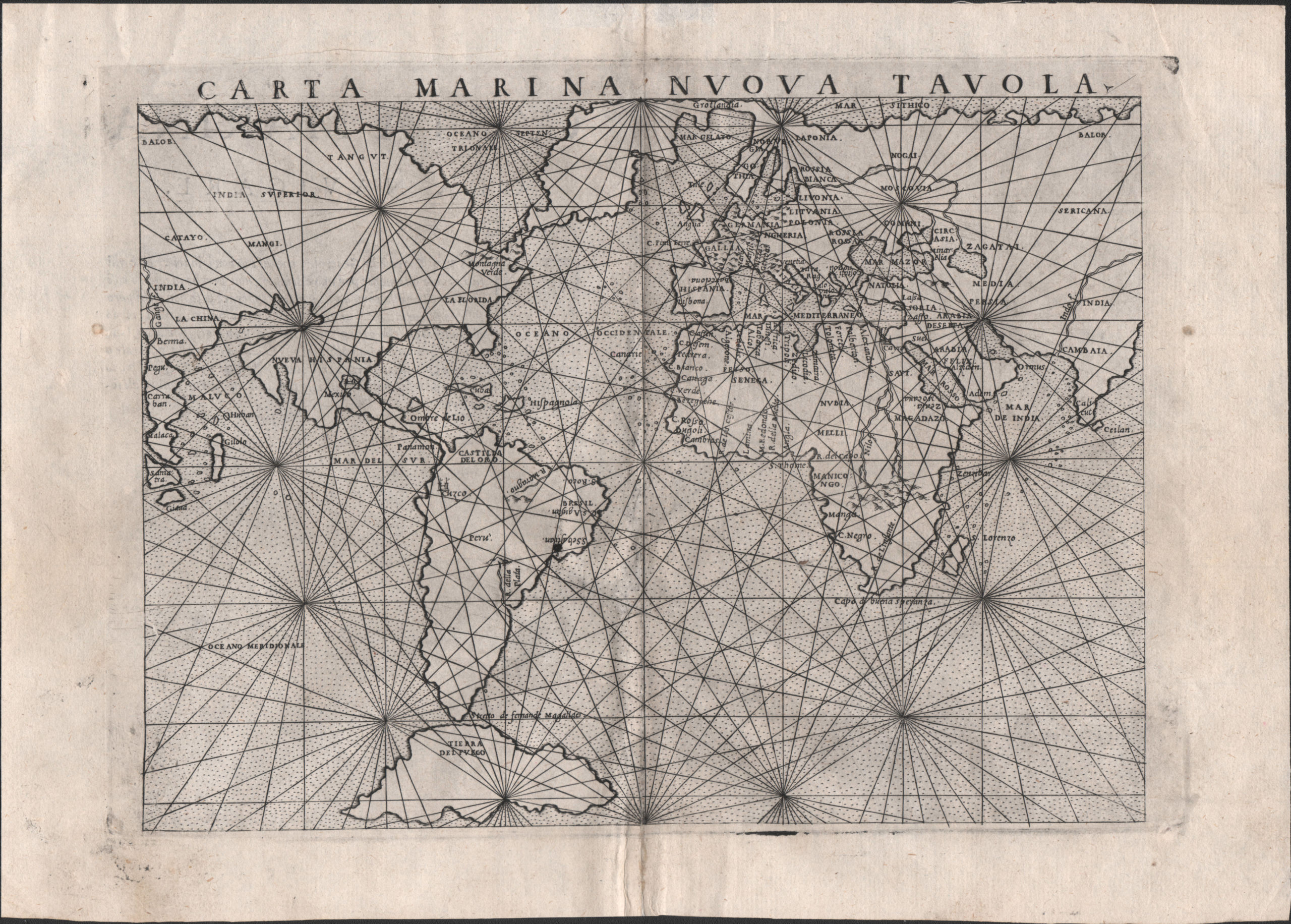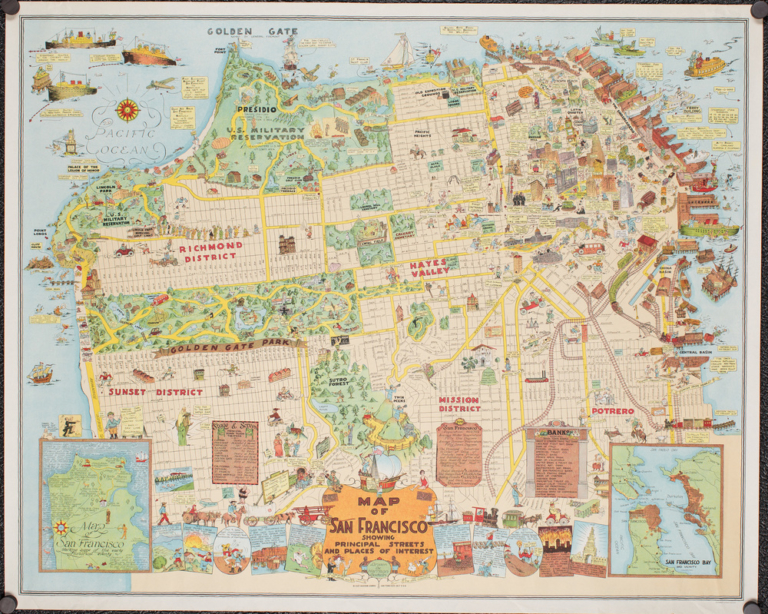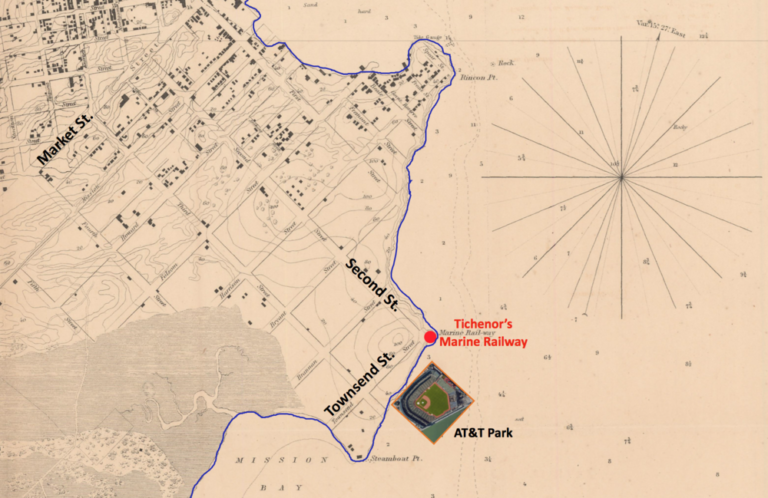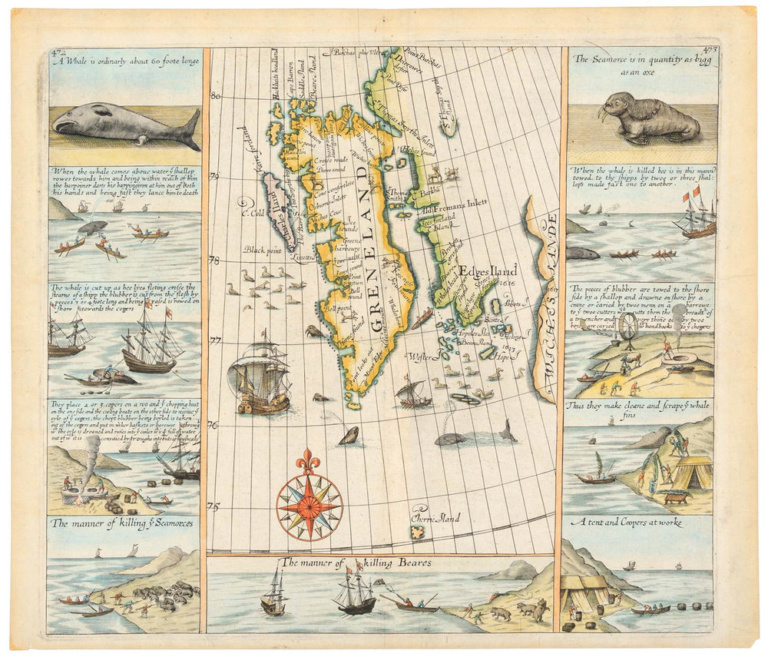Neatline is once again headed to London for the 2018 London Map Fair at the Royal Geographic Society. We hope to see you there!
LONDON MAP FAIR 2018
Royal Geographical Society
1 Kensington Gore
London SW7 2AR
(Entrance Exhibition Road)
Saturday 9th June 2018; 12.00 pm to 7.00 pm
Sunday 10th June 2018; 10.00 am to 6.00 pm
London Map Fair Lectures
Saturday: 14.30
‘His Majesty’s Cosmographer: John Ogilby, the Restoration and the secret agenda behind Britain’s first road atlas’. Given by Author & broadcaster Alan Ereira.
Thoughts on London, style, form and function
Louis Sullivan’s famous dictum that “form follows function” became a hallmark of Modernist architecture, and claims that aesthetics are dependent upon function are commonplace. It is a compelling argument, and it contributed to the aesthetic “purity” of the Modernist era. But it also seems completely contrary to actual experience in many ways: there are many times when function and form are only loosely connected. Consider, for example, the wide variety of different clothing used to cover and protect the human body: the function is generally similar across the world, and yet there is a huge variety of formal variation in clothing.
But aesthetic variation is even yet another thing: individual items with essentially identical function may show wide variety in aesthetic presentation. Consider the variation amongst maps. Two different maps of the same place may in theory share a similar function, yet they can be worlds apart in terms of aesthetic presentation. A map drawn in the seventeenth century is a depiction of spatial geography in the same way as a map drawn in the twentieth, but their aesthetics are likely vastly different. Maps from earlier generations were highly decorated, with especial effort given to decorating areas of the map that did not affect the map’s function, such as elaborate borders, and highly decorated cartouches to present the map’s title and maker. A shift in aesthetics to less decorated forms was one of the main characteristics of the Modern era, and is one that still influences everyday functional objects.



